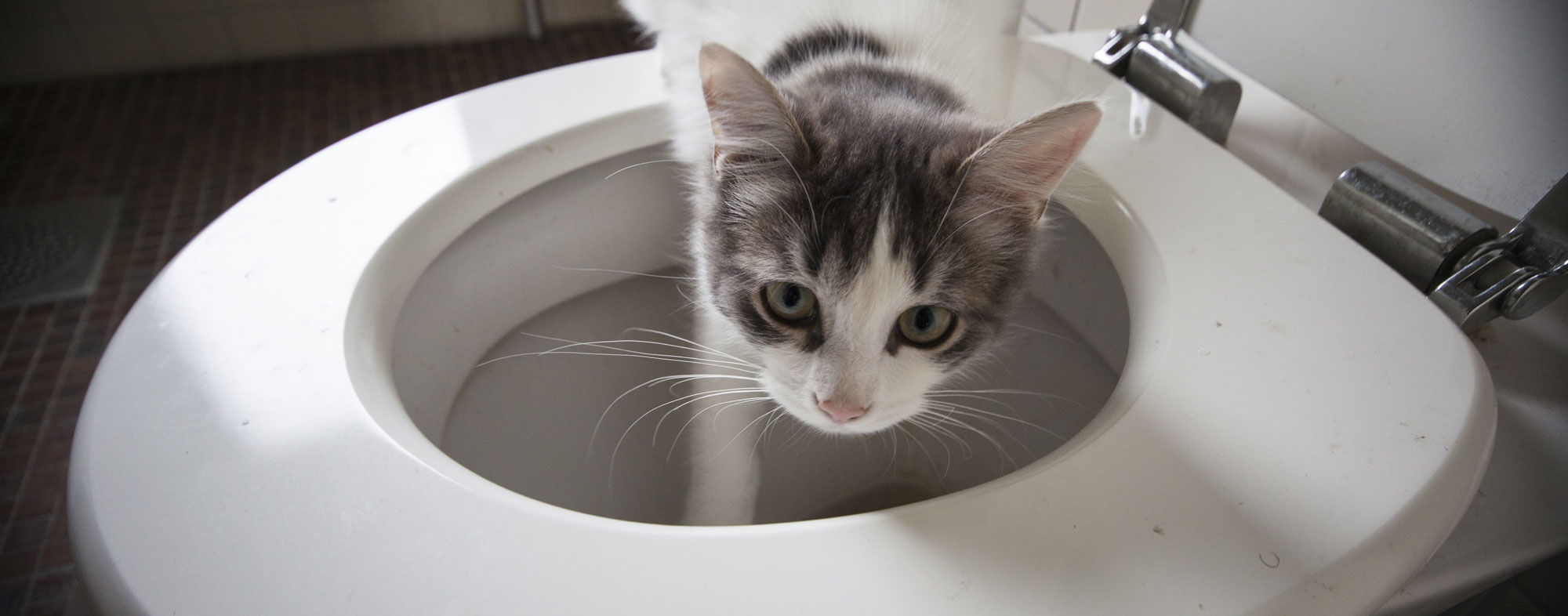Hazards of Flushing Cat Poop Down Your Toilet - Avoid Potential Problems
Hazards of Flushing Cat Poop Down Your Toilet - Avoid Potential Problems
Blog Article
We've unearthed this article involving How to Dispose of Cat Poop and Litter Without Plastic Bags below on the internet and think it made perfect sense to talk about it with you in this article.

Intro
As pet cat owners, it's necessary to bear in mind exactly how we deal with our feline pals' waste. While it might appear practical to purge feline poop down the bathroom, this method can have damaging repercussions for both the atmosphere and human health and wellness.
Alternatives to Flushing
Thankfully, there are safer and more responsible means to throw away feline poop. Think about the following choices:
1. Scoop and Dispose in Trash
The most common approach of throwing away feline poop is to scoop it right into a biodegradable bag and toss it in the garbage. Make certain to use a devoted clutter inside story and get rid of the waste immediately.
2. Usage Biodegradable Litter
Go with eco-friendly feline litter made from products such as corn or wheat. These trashes are eco-friendly and can be securely dealt with in the trash.
3. Hide in the Yard
If you have a backyard, consider hiding feline waste in a designated location far from vegetable yards and water sources. Make sure to dig deep sufficient to prevent contamination of groundwater.
4. Install a Pet Waste Disposal System
Buy a family pet garbage disposal system particularly developed for feline waste. These systems use enzymes to break down the waste, decreasing smell and ecological effect.
Health and wellness Risks
Along with environmental problems, purging cat waste can likewise pose health risks to humans. Cat feces might contain Toxoplasma gondii, a bloodsucker that can trigger toxoplasmosis-- a potentially severe ailment, particularly for pregnant ladies and people with damaged body immune systems.
Ecological Impact
Purging cat poop presents hazardous pathogens and parasites right into the water system, presenting a substantial threat to water ecosystems. These pollutants can adversely impact marine life and compromise water top quality.
Conclusion
Responsible pet ownership prolongs past giving food and sanctuary-- it also involves correct waste administration. By refraining from flushing feline poop down the commode and selecting different disposal techniques, we can decrease our ecological footprint and secure human health.
Why Can’t I Flush Cat Poop?
It Spreads a Parasite
Cats are frequently infected with a parasite called toxoplasma gondii. The parasite causes an infection called toxoplasmosis. It is usually harmless to cats. The parasite only uses cat poop as a host for its eggs. Otherwise, the cat’s immune system usually keeps the infection at low enough levels to maintain its own health. But it does not stop the develop of eggs. These eggs are tiny and surprisingly tough. They may survive for a year before they begin to grow. But that’s the problem.
Our wastewater system is not designed to deal with toxoplasmosis eggs. Instead, most eggs will flush from your toilet into sewers and wastewater management plants. After the sewage is treated for many other harmful things in it, it is typically released into local rivers, lakes, or oceans. Here, the toxoplasmosis eggs can find new hosts, including starfish, crabs, otters, and many other wildlife. For many, this is a significant risk to their health. Toxoplasmosis can also end up infecting water sources that are important for agriculture, which means our deer, pigs, and sheep can get infected too.
Is There Risk to Humans?
There can be a risk to human life from flushing cat poop down the toilet. If you do so, the parasites from your cat’s poop can end up in shellfish, game animals, or livestock. If this meat is then served raw or undercooked, the people who eat it can get sick.
In fact, according to the CDC, 40 million people in the United States are infected with toxoplasma gondii. They get it from exposure to infected seafood, or from some kind of cat poop contamination, like drinking from a stream that is contaminated or touching anything that has come into contact with cat poop. That includes just cleaning a cat litter box.
Most people who get infected with these parasites will not develop any symptoms. However, for pregnant women or for those with compromised immune systems, the parasite can cause severe health problems.
How to Handle Cat Poop
The best way to handle cat poop is actually to clean the box more often. The eggs that the parasite sheds will not become active until one to five days after the cat poops. That means that if you clean daily, you’re much less likely to come into direct contact with infectious eggs.
That said, always dispose of cat poop in the garbage and not down the toilet. Wash your hands before and after you clean the litter box, and bring the bag of poop right outside to your garbage bins.
https://trenchlesssolutionsusa.com/why-cant-i-flush-cat-poop/

I came across that entry about How to Dispose of Cat Poop and Litter Without Plastic Bags when perusing the search engines. Sharing is nice. Helping others is fun. Thanks for your time invested reading it.
Click Here Report this page